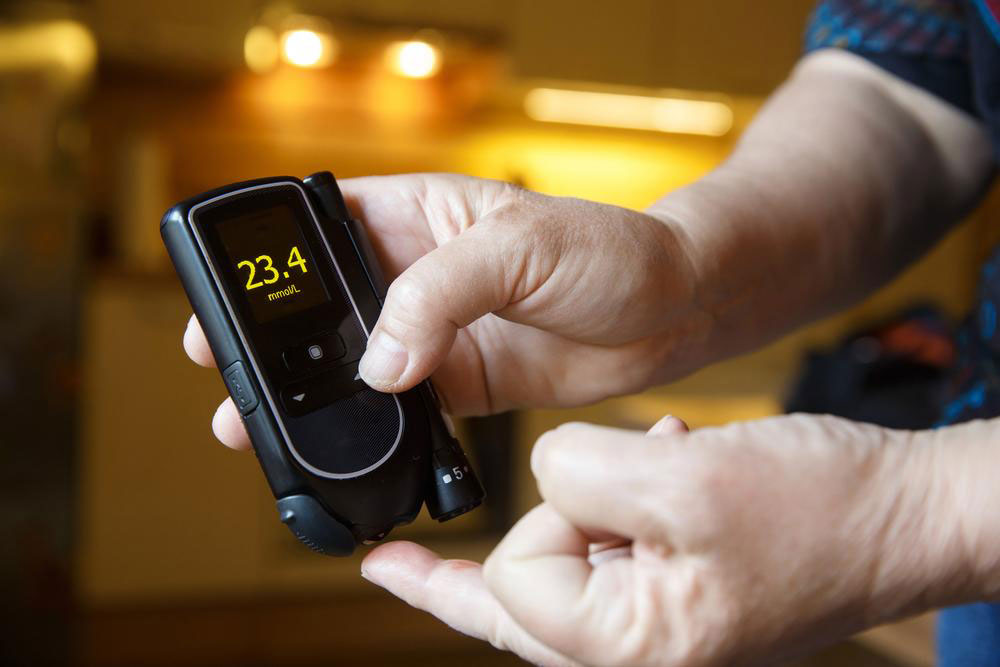Understanding the Causes of Bell’s Palsy
Bell’s palsy causes temporary facial paralysis due to nerve inflammation, often triggered by viral infections like herpes simplex, HIV, or bacterial conditions such as Lyme disease. Recognizing risk factors like pregnancy and diabetes can aid early detection and treatment. Awareness of symptoms and causes helps in preventing or managing the condition effectively.

Bell’s palsy is characterized by temporary weakness or paralysis of facial muscles. It occurs when the nerve controlling facial movements becomes inflamed, swollen, or compressed. This results in drooping and paralysis on one side of the face, making it difficult to smile or close the eye on the affected side.
While the exact cause remains unknown, several factors and infections may trigger the condition. The seventh cranial nerve, responsible for facial muscles, can be impacted by viral or bacterial agents such as herpes simplex virus, which causes cold sores. Other potential causes include HIV, Lyme disease from infected ticks, and sarcoidosis, an inflammatory disease that can damage nerves.
Risk factors like pregnancy, diabetes, respiratory infections, or a family history may increase susceptibility. Recognizing early symptoms can help in timely treatment and management of Bell’s palsy, improving recovery chances. Understanding these causes and risks is essential for prevention and early intervention.










